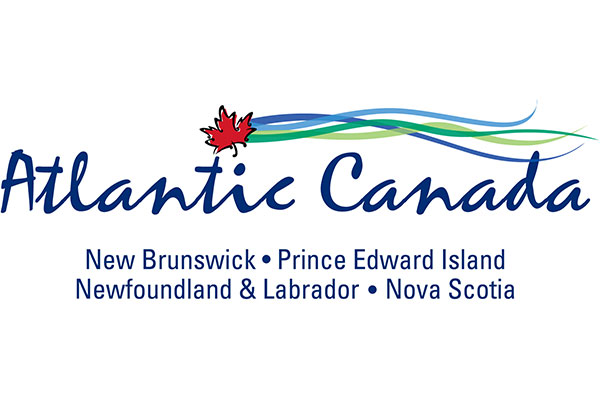PATA discusses evolving trends of Asia Pacific tourism recovery

There are new evolving consumer preferences and habits in the first half of 2024 in the still recovering Asia Pacific tourism sector, the Pacific Asia Travel Association says.
The post-Covid recovery from 2022 was initially powered by more affluent tourists but these trends have since evolved.
Travel agents heard from tourism leaders about the changing trends at the Pacific Asia Travel Association’s “Navigating the Path to Tourism Recovery” webinar last week.
Value for money, seamless booking and payments, and travel that aligns more to consumer values are now propelling bookings.
Caroline Bremner, Senior Head of Travel Research at Euromonitor International, said destinations that deliver safety, relaxation, value, and good quality food and drink would continue to do well.
Younger (Gen Z) travellers preferred personalised, authentic local experiences, with price not so much of a consideration.
Free cancellations, easy digital payments, and personalised recommendations turn lookers to bookers, said Bremner.
Absent Chinese tourists
Tourism experts said Chinese outbound tourism was still lagging. China’s neighbouring destinations such as Japan, Korea, Hong Kong, Vietnam and Macau may not fully recover until the end of 2026.
Destinations such as India and Thailand have all but recovered and in Singapore’s case, exceeded their high point 2019 tourism arrival levels.
They did so by attracting tourists from markets such as Australia, Europe and the US to compensate for stay-away Chinese and Japanese.
China as a destination has its challenges too. Dr Anyu Liu of Hong Kong Polytechnic University, revealed that international tourist arrivals into China are currently only around 80% of 2019 levels.
It may only return to around 96% by the end of 2026. Dr Liu said.
Noor Ahmad Hamid, CEO of PATA, said tourism in Asia Pacific could be enhanced by air capacity improvements, better land-based regional connectivity, and an easing of visa restrictions.
Artificial intelligence in travel
Looking at a quickly-arriving travel tech future, the webinar audience heard AI was a big concern as it could be manipulated to perpetuate bias and misinformation, especially in travel marketing.
AI needs to be used responsibly and carefully as a travel enabler, said Bremner.
The speakers also noted that AI was already being used to suggest travel itineraries and to train hospitality staff in educational settings.
Could AI bots replace tourism forecasters in universities? “We did some internal tests to see if ChatGPT could generate more accurate forecasts than us,” said Dr Liu. “So far we’re safe,” he quipped.
PATA will release its mid-year tourism forecast reports on 39 Asia Pacific destinations on 25 June.
Its Asia Pacific Visitor Forecasts 2024-2026 are available in the research section of PATA.org.
Related News Stories:
TravelMole Editorial Team
Editor for TravelMole North America and Asia pacific regions. Ray is a highly experienced (15+ years) skilled journalist and editor predominantly in travel, hospitality and lifestyle working with a huge number of major market-leading brands. He has also cover in-depth news, interviews and features in general business, finance, tech and geopolitical issues for a select few major news outlets and publishers.
 United Kingdom
United Kingdom United States
United States Asia Pacific
Asia Pacific












































Dozens fall ill in P&O Cruises ship outbreak
Turkish Airlines flight in emergency landing after pilot dies
Boy falls to death on cruise ship
Unexpected wave rocks cruise ship
Woman dies after going overboard in English Channel